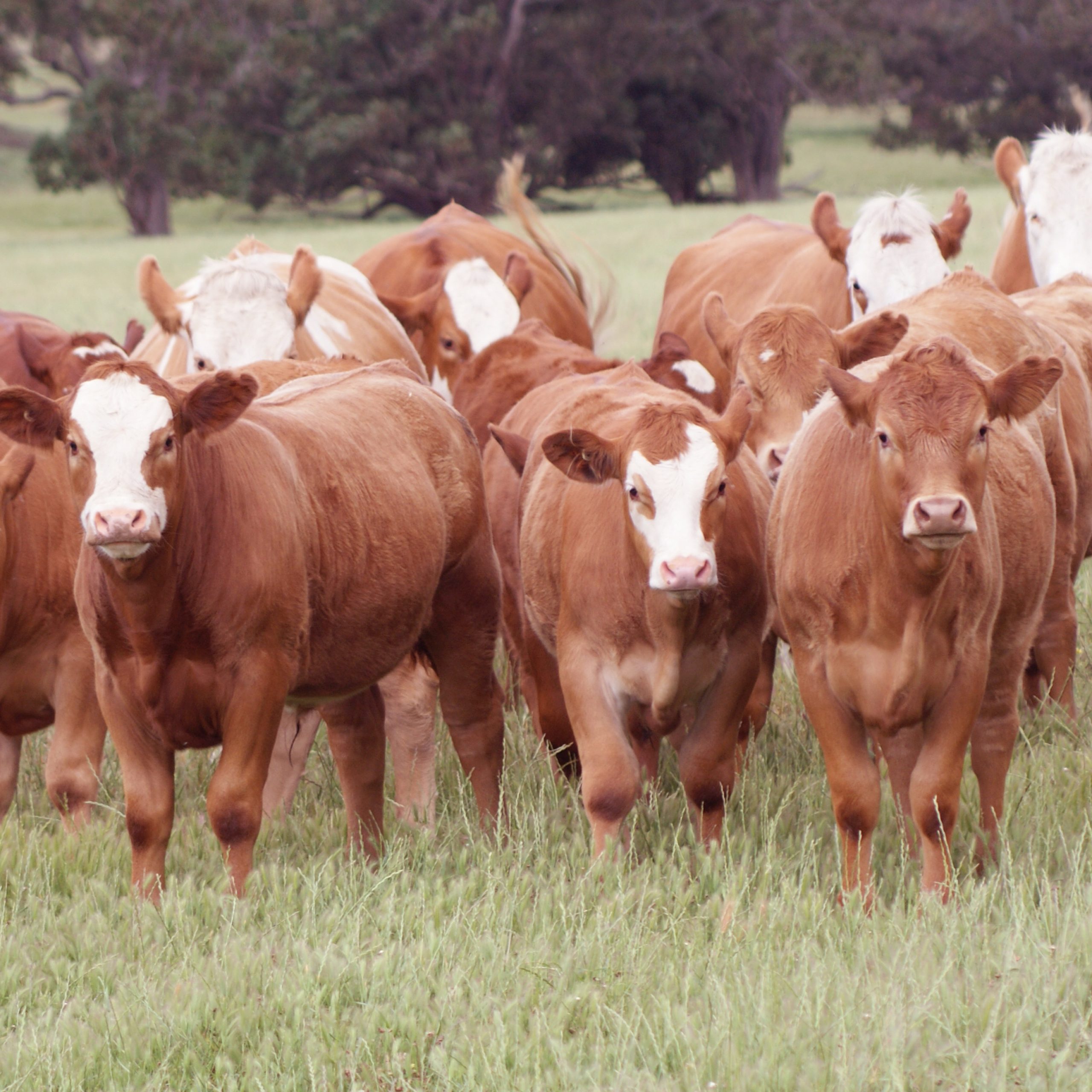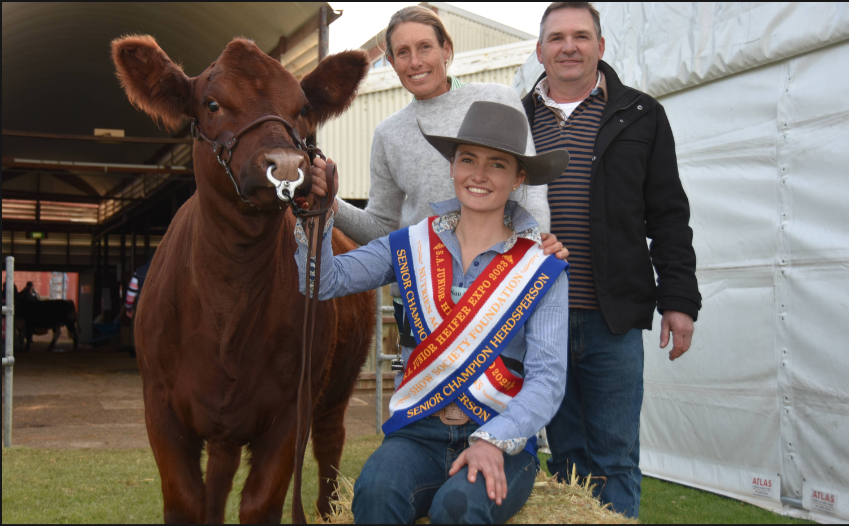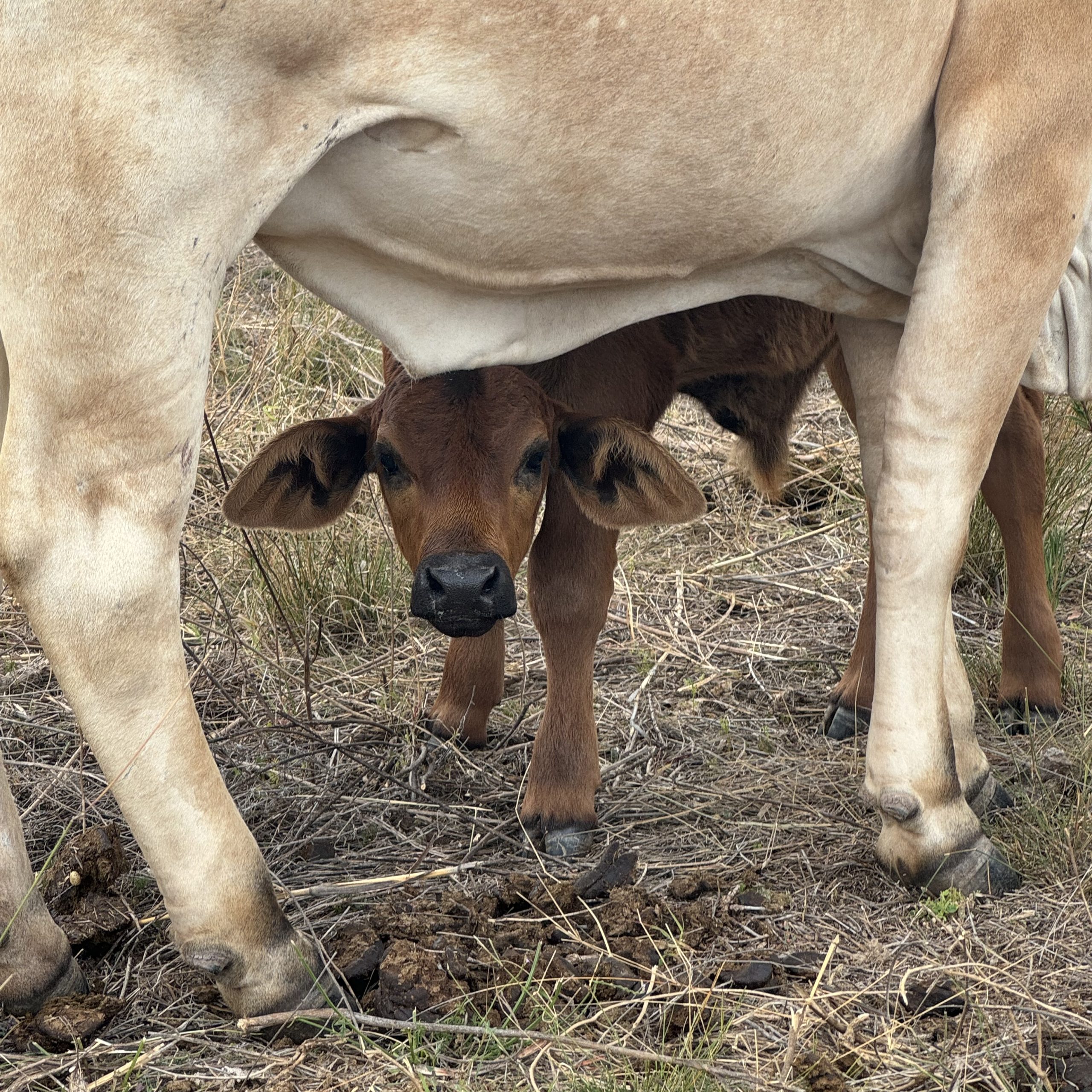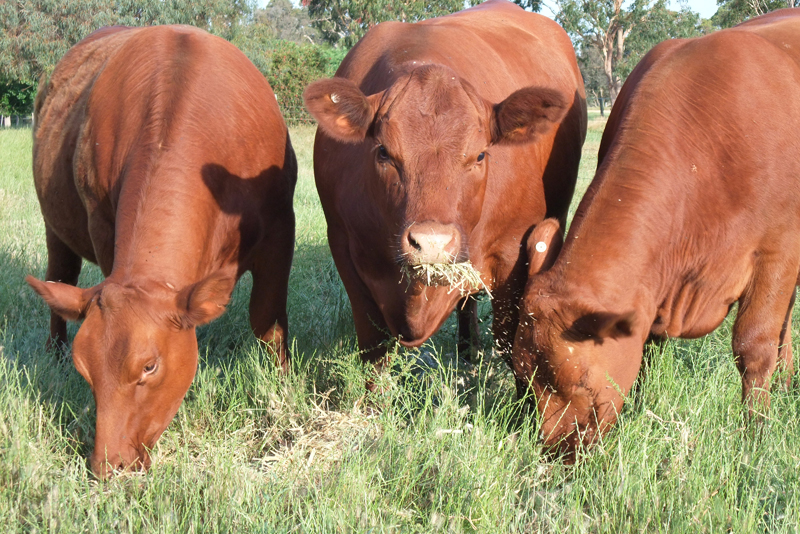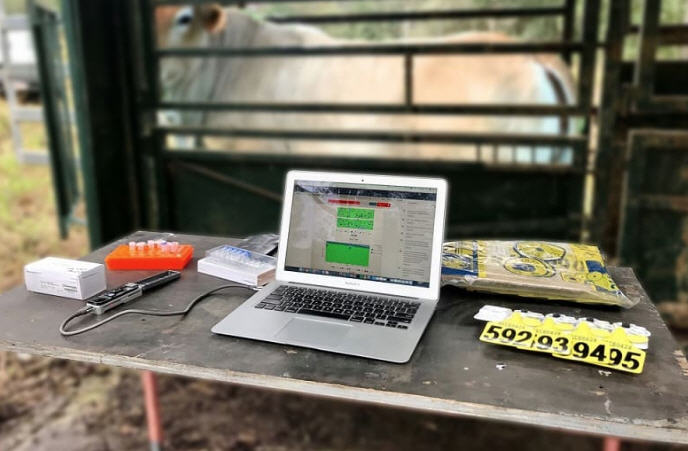
Making The Most From Genomics
GENOMIC information is becoming an increasingly important component of the analysis of information associated with beef cattle and has increased the accuracy and speed in which this information can be supplied to breeders.
The opportunity to develop Breeding Values on young livestock opens up more avenues for breeders to determine their selection and management well ahead of traditional benchmarks for decision making.
For commercial producers, not only are the increased accuracies a great aid in effective selection decisions, but genomics has also started to open pathways for selection and management of commercial animals.
For many people these developments are exciting and have been long awaited. However, it is worth pausing and considering where genomics fits into the overall process of genetic improvement and the practical selection of animals on-farm.
Firstly it is essential that genomics is not seen to be the silver bullet that will provide all the answers beef producers and bull breeders are seeking for their livestock.
There are many who are working on the assumption that in collecting DNA material from their animals and submitting this to a genotyping laboratory for analysis, this will result in them being able to rank their animals and present the results to prospective clients.
The reality is slightly different. The aim in genomic testing is to identify the presence of specific genes and to determine how these are contributing to the animal’s genetic merit for production specific traits. To do this, the DNA data needs to be included in performance records, where the genomic information can be used to improve the accuracy of the overall breeding values that are published for each animal.
It is also essential to recognise that the value in this data is dependent on having a relevant and well-recorded reference population. These records should include the phenotypes and genotypes of the animals which allows the breeding values to be developed and published across the range of production traits.
The accuracy of genomic data is dependent on the size of the reference population as well as on the heritability’s of individual traits.
This has some implications for commercial producers or bull breeders considering undertaking genomic testing. The first is to determine what exactly is the purpose of testing and how the results are to be used. If the testing is done to start to identify and rank animals on genetic merit, then it’s essential that the results will be submitted to a system that produces breeding values.
In Australia a large number of breed societies include genomic data within their analysis and publication of EBVs through BreedPlan. This allows breeds such as Brahman, Hereford, Wagyu, Santa Gertrudis, Speckle Park and Angus to add the genomic data to their existing and well-recorded population in order to publish EBVs with greater accuracy.
Other breeds such as Shorthorn and Simmental have chosen to submit their data to International Genetic Solutions (IGS) for analysis and generation of EPDs.
The important consideration in this process is that the genomic information is added to an existing data-set and used to improve accuracy and increase the rate of flow for information on animals to breeders and producers.
Genomic data that has no reference population, or a very small population to refer to is likely to offer very limited help to breeders or producers attempting to make selection or management decisions.
There are some breeds with small populations considering genomics as a short-cut to the development of breeding values or ranking sires within their breeds.
Unfortunately the lack of a relevant, large population that is well recorded for phenotype and genotype is likely to prevent any meaningful data being developed in a way that can benefit the breeders or supporters of these breeds.
It is equally important that the choice of system used to develop and publish data isn’t reduced to a “one is better than the other” argument, based on the experiences of individuals or dominate figures within breeds.
Perhaps when choosing a system to analyse and publish breeding information, it is worth considering who will be using that information and what they will be using it for.
One of the key goals in providing breeding values is to help producers identify and choose the right bull to meet their breeding objectives.
These objectives are often based on specific outcomes that are influenced by several traits that are relevant to that breeder.
If it is difficult for a breeder to interpret breeding values, or they can’t see how the data provided fits to their needs, there is a real risk of losing that producer to a breed that does offer the data required and in a way that is more readily understood.
By Alistair Rayner, RaynerAg – Beef Central


